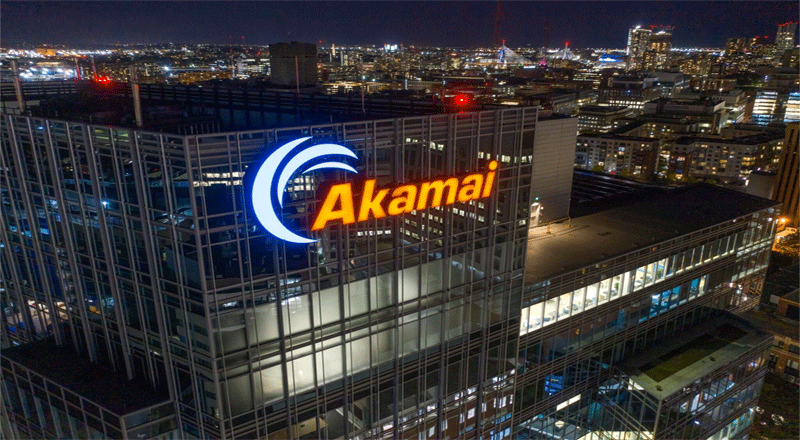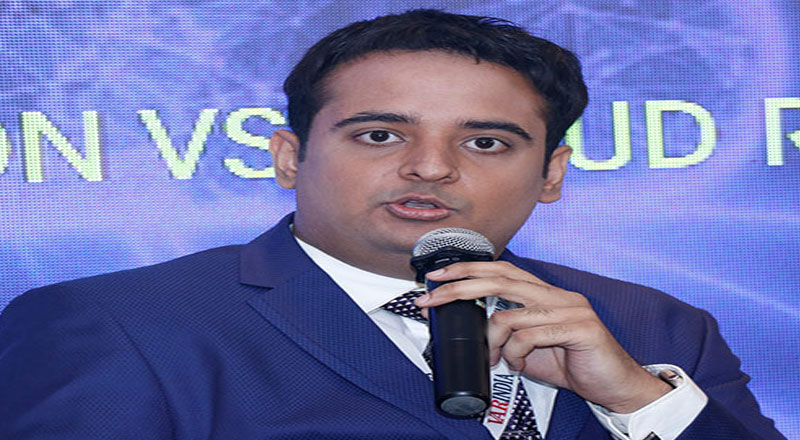Incorporated in 1998, Akamai secures and delivers digital experiences with its intelligent edge platform to the top brands globally. Akamai aids them to realize competitive advantage through agile solutions that extend the power of their multi-cloud architectures. Akamai keeps decisions, apps and experiences closer to users than anyone – and attacks and threats far away. Its portfolio of edge security, web and mobile performance, enterprise access and video delivery solutions are supported by unmatched customer service, analytics and 24/7/365 monitoring. In a chat with VARINDIA, SIDHARTH PISHAROTI, Regional Vice President – India, SEA & APJ Carrier, Akamai Technologies discusses the recent cybersecurity trends, their latest security technologies, the role of Zero Trust etc.
THE CYBERSECURITY TRENDS Discussing the cybersecurity landscape, which is continuously evolving, Sidharth says, “We have seen Distributed Denial-ofservice (DDoS) attack, Malwares, Phishing, Structured Query Language (SQL) injection and various other cyber threats. In 2020 alone, Akamai saw 193 billion credential stuffing attacks globally. We also saw a big increase in DDoS attacks targeting verticals that haven’t seen as much activity of late, with 7 of 11 of the industries we track seeing peak attack counts in 2020.”
As he talks about the cybersecurity, he points out the following:
● Edge and Cloud Computing: Covid-19 has accelerated the shift to cloud adoption and cybersecurity has evolved along with it. The use of a cloud-based cybersecurity strategy extends beyond the traditional firewall. o Moving everything closer to the edge is the key to delivering better, faster and secure experiences to people through billions of devices around the world. The possibilities for edge computing are virtually limitless. ● Zero Trust: This is another key trend that organizations must focus on for securing their IT systems. The framework dictates that only authenticated and authorized users and devices can access applications and data. The approach does not use virtual private network (VPN), rather uses a set of highly distributed identity-aware proxy (IAP) to facilitate access, which is not only secure but highly scalable.
● Automation: With today’s ever evolving cyber-attacks and proliferation of devices, Machine Learning (ML) and Artificial Intelligence (AI) are ideally suited to solve cybersecurity and can be used for automating threat detection and the ability to respond more efficiently than traditional software-driven approaches.
THE LATEST SECURITY TECHNOLOGIES DUE TO THE RISE OF CORONAVIRUS OUTBREAK
Sidharth feels, during the pandemic it was important for companies to counter threats while working remotely. Akamai’s security portfolio(stack) of products was able to help companies counter these threats. He says, “We are empowering users to shift more compute and data to the edge. From the core to the cloud to the edge, the applications and APIs that power modern web experiences must also be protected from threats. Akamai’s programmable edge platform plays a very crucial role in securing the enterprise and delivering a great user experience for its customers. It not only accelerates dynamic workloads but is able to detect and hold off sophisticated bot attacks and other attack vectors. The Adaptive Security Engine for Akamai’s web application and API protection (WAAP) solutions, Kona Site Defender and Web Application Protector is designed to automatically adapt protections with the scale and sophistication of attacks, while reducing the effort to maintain and tune policies. Akamai’s machine learning capabilities derive insights on malicious activity from more than 1.3 billion daily client interactions to intelligently automate threat detections, time-consuming tasks, and security logic to help professionals make faster, more trustworthy decisions regarding cyberthreats.”
THE ROLE OF ZERO TRUST IN SECURING ENDPOINTS
Sidharth explains the model of Zero Trust, which is a network security model, based on a strict identity verification process. The framework dictates that only authenticated and authorized users and devices can access applications and data. At the same time, it protects those applications and users from advanced threats on the Internet. “With the modern workforce becoming increasingly on the go, accessing applications from multiple devices outside of the business perimeter, enterprises have adopted a “verify, then trust” model which means if someone has the correct user credentials, they are admitted to whichever site, app, or device they are requesting. Akamai has been advocating a Zero Trust approach where one does not use a virtual private network (VPN), rather uses a set of highly distributed identity-aware proxy (IAP) to facilitate access, which is not only secure but highly scalable. It is crucial now to adopt a model of zero trust of security. It limits and controls access, enforces multiple layers of authentication, and layer defenses so that incident detection is as quick as possible”, comments Sidharth.
AT LAST
Delving deep into their products and solutions, Sidharth points out, “Our solutions and products help organizations create layered defenses. Segmentation makes web attacks costly for opportunistic attackers, which causes them to move on. Our products allow a high level of customization, where the collected data is drawn from Cloud Security Intelligence (CSI), an internal tool for storage and analysis of security events detected on our Intelligent Edge Platform. This is a network of approximately 370,000 servers in 4,000 locations on 1,435 networks across 135 countries. Akamai’s security teams use this data, measured in petabytes per month, to research attacks, flag malicious behavior, and feed additional intelligence into Akamai’s solutions, making it resilient to failure in any single, or multiple locations.”





